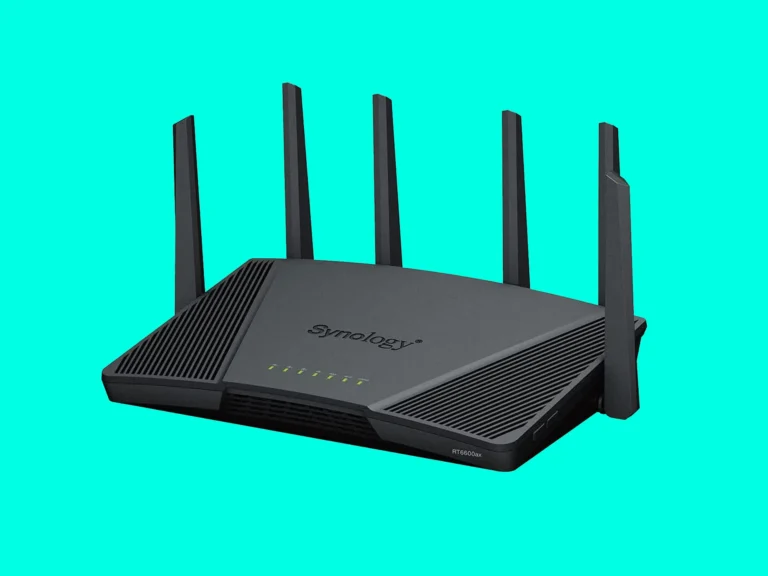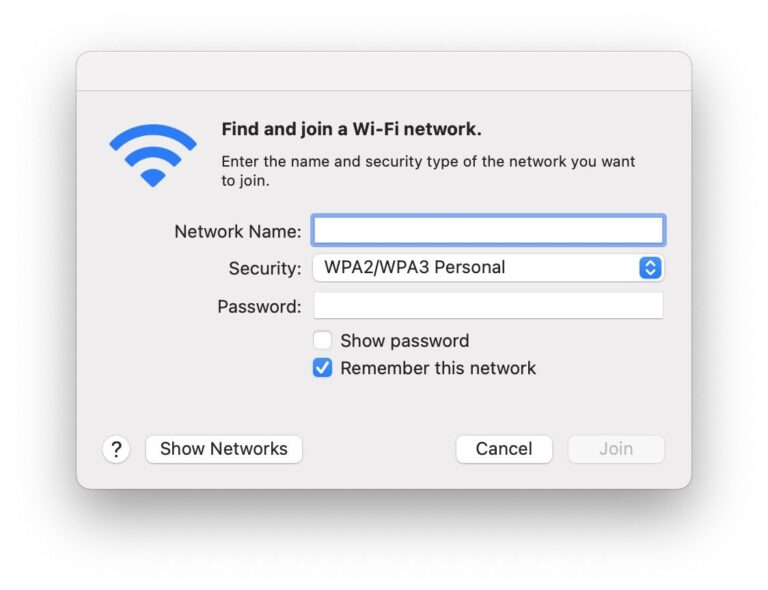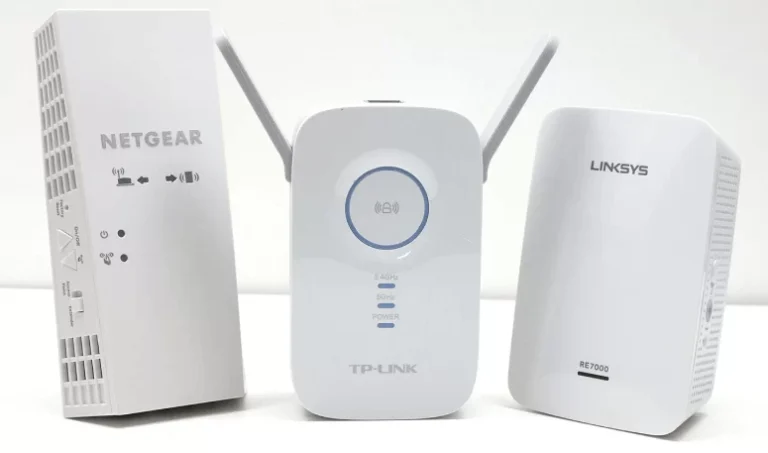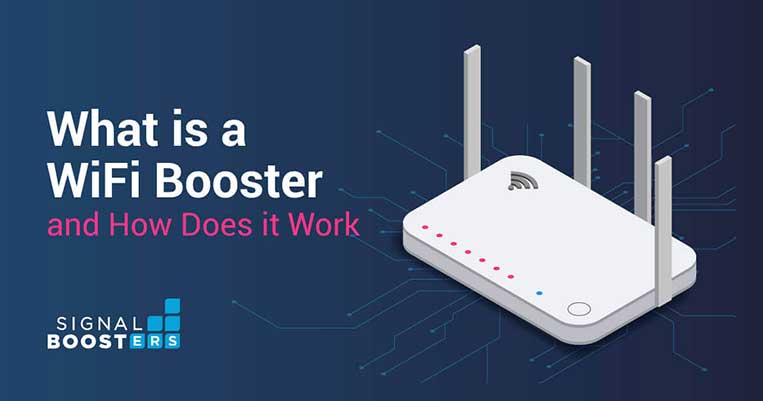Does 2.4 GHz Go Through Walls?
2.4 GHz is a type of radio frequency that is used for many types of wireless communication, such as Wi-Fi, Bluetooth and cordless phones. The question of whether or not 2.4 GHz can go through walls is an important one, as it can affect the performance of the devices that use it. The answer is that, in general, 2.4 GHz signals can go through walls, but the signal strength will be greatly reduced. The amount of reduction depends on the type of wall material and its thickness, as well as the distance between the transmitter and receiver.
What is 2
.4 GHz?
2.4 GHz is a frequency range that is used for various wireless technologies, including Wi-Fi, Bluetooth, and Zigbee. It is part of the microwave frequency band, which ranges from 1 GHz to 30 GHz. This frequency band is commonly used for indoor applications since it is less likely to be affected by walls and other physical barriers. But does 2.4 GHz actually go through walls?
The answer is yes, 2.4 GHz does go through walls. However, it is important to note that the signal strength will be weaker on the other side of the wall. This is due to the fact that walls are composed of materials that can absorb or block the 2.4 GHz signal, such as metal or dense insulation material. Additionally, the thicker the wall, the more the signal will be weakened. Therefore, it is important to keep this in mind when installing any devices that use 2.4 GHz, such as Wi-Fi routers and Bluetooth speakers.
4 GHz Work?
Wi-Fi routers today are commonly equipped with 2.4 GHz and 5 GHz frequencies. But does this mean that 2.4 GHz can go through walls? To answer this question, it is important to understand how wireless frequencies work.
2.4 GHz is a frequency that is more widely used than 5 GHz, as it has a longer range and is able to penetrate walls and other obstacles more easily than its counterpart. On the other hand, 5 GHz is more suitable for short distances and is less likely to be interfered with.
The walls in your house can have a major impact on the signal strength of both frequencies. The thickness of the walls, the type of material used, and the distance from the router can all make a difference. Thicker walls and those made of brick, concrete, and metal will block the signal more than thinner walls or those made of wood or drywall.
Overall, 2.4 GHz does have the ability to penetrate through walls more easily than 5 GHz, but the effectiveness will depend on the environment and the type of walls. To get the best out of both frequencies, it is important to place your router in a central location and make sure that the walls are not too thick or made of materials that block signals.
What Are the Advantages and Disadvantages of 2
.4 GHz?
2.4 GHz is one of the most popular frequency bands used in Wi-Fi network systems. It is a versatile and efficient frequency that offers many advantages for users. However, this frequency also has some potential drawbacks that must be considered when setting up a network. It’s important to be aware of both the advantages and disadvantages of 2.4 GHz in order to make an informed decision when selecting a Wi-Fi network system.
The primary advantage of 2.4 GHz is its wide coverage area. The frequency is capable of reaching further than other common Wi-Fi frequencies, which is why it is often used to cover large areas. Additionally, 2.4 GHz is more able to penetrate walls and other obstacles, making it more reliable for users who need to connect to a network from a far distance.
The main disadvantage of 2.4 GHz is its interference. This frequency is shared by a variety of devices, which can lead to interference when multiple devices are connected to the same network. Additionally, 2.4GHz is less secure than other popular frequencies, making it easier for hackers to access the network.
Overall, 2.4 GHz is a great frequency for users who need wide coverage and reliable connections. However, it is important to be aware of the potential drawbacks in order to make an informed choice when selecting a Wi-Fi network system.
4 GHz Penetrate Walls?
Wireless technology has revolutionized the way we communicate, enabling us to stay connected from any location. But does 2.4 GHz go through walls? It is an important question to ask as the frequency of this wireless technology is widely used by many wireless devices, including routers, smartphones, and tablets.
The answer is yes, 2.4 GHz can penetrate walls. However, the signal strength depends on the construction of the walls and the distance between the router and the device. If the walls are thick, the signal will be weaker and may not reach the device. Additionally, the signal strength can be affected by external interference, such as other electronic devices, which can limit the range of the signal.
To improve the 2.4 GHz signal strength, it is recommended to place the router in an open space, away from walls and other electronic devices. Additionally, it is possible to purchase a wireless range extender to increase the signal range and ensure a stronger connection.
In conclusion, 2.4 GHz can penetrate walls, but the signal strength will depend on the construction of the walls and the distance between the router and the device. To ensure a strong connection, it is important to place the router in an open space and use a wireless range extender, if needed.
What Factors Determine How Well 2
.4 GHz Signals Travel Through Walls?
As a wireless device user, you may have wondered if 2.4 GHz signals can penetrate walls or not. Understanding the factors that determine how well 2.4 GHz signals travel through walls is important for optimizing your wireless network setup.
2.4 GHz signals, like all radio signals, are affected by the environment they pass through. Different types of walls, such as brick, metal, glass, and sheetrock, will all absorb 2.4 GHz signals differently. The density and composition of the wall also plays a role, as thicker materials will block the signal more than thinner materials. Other environmental factors, such as interference from other wireless devices, can also affect the strength of the signal.
In addition, the type of wireless device you are using can have a big impact on the signal strength. Devices with higher output power can penetrate walls better, while devices with lower output power may struggle to penetrate thicker walls.
Overall, there are many variables that can determine how well 2.4 GHz signals travel through walls. Understanding the different factors can help you optimize your wireless network setup for maximum performance.
What Are the Alternatives to 2
.4 GHz?
As technology advances, so do the options for wireless communication. While 2.4 GHz is a popular choice for many, it may not always be the best option for every situation. For situations where 2.4 GHz signals fail to penetrate walls, or other materials, there are alternative options available.
One such option is 5 GHz, a frequency band that is generally better at penetrating walls than 2.4 GHz signals. 5 GHz signals also benefit from less interference than 2.4 GHz, and can provide faster speeds for data transmission. However, 5 GHz signals do have a shorter range than 2.4 GHz, so you may need to place more access points to cover a large area.
Another option is the use of mesh networking. Mesh networks utilize multiple access points to create a single, unified wireless network. Mesh networks are generally capable of providing a more consistent connection over larger areas than either 2.4 GHz or 5 GHz signals. The downside is that mesh networks require more access points than either 2.4 GHz or 5 GHz networks.
Finally, there is the option of using radio frequency (RF) signals. RF signals are capable of penetrating walls, but they are also more susceptible to interference. This means that they require more careful planning and setup to ensure a reliable connection.
No matter the situation, there are several alternatives to 2.4 GHz wireless networking available. Each option has its own benefits and drawbacks, and it is important to consider the needs of your environment before making a decision. With careful consideration, you can select the best wireless solution for your needs.
FAQs About the Does 2.4 GHz Go Through Walls?
1. How much of a signal loss can I expect when using 2.4 GHz to go through walls?
A: It depends on the type and thickness of the wall. Generally, you can expect some signal loss, which can range from moderate to extreme, depending on the wall.
2. Is using a higher frequency better for going through walls?
A: Higher frequencies can provide better performance when going through walls, however they are also more prone to interference from other wireless signals.
3. Is 2.4 GHz a good choice for long-distance wireless communications?
A: 2.4 GHz is not ideal for long-distance wireless communications, due to its lower power and greater susceptibility to interference. Higher frequency bands are better suited for this purpose.
Conclusion
In conclusion, 2.4 GHz does not go through walls, but it can be bounced off them. The signal strength will depend on the material of the wall, the distance of the signal, and other environmental factors. There are also ways to increase the range of the signal, such as adding external antennas or using a signal booster.






